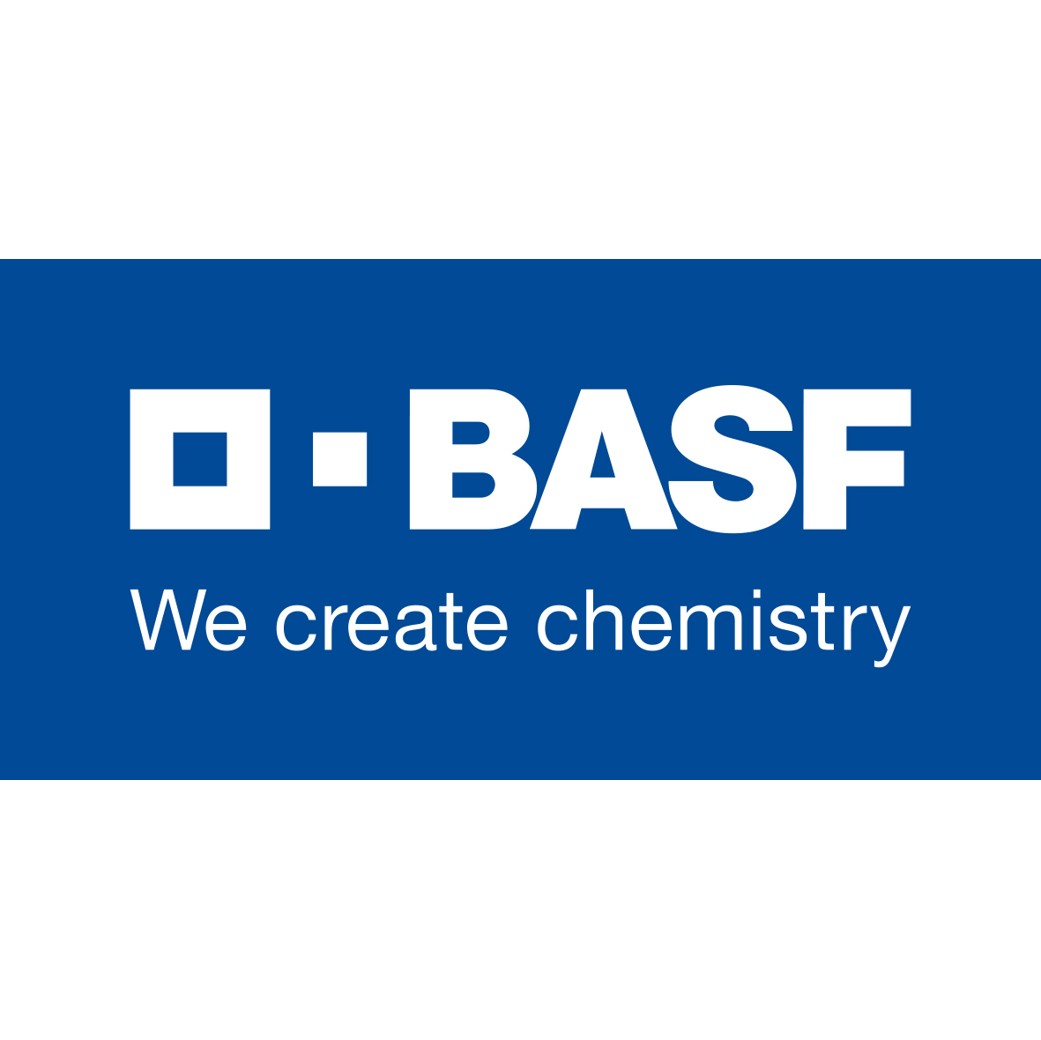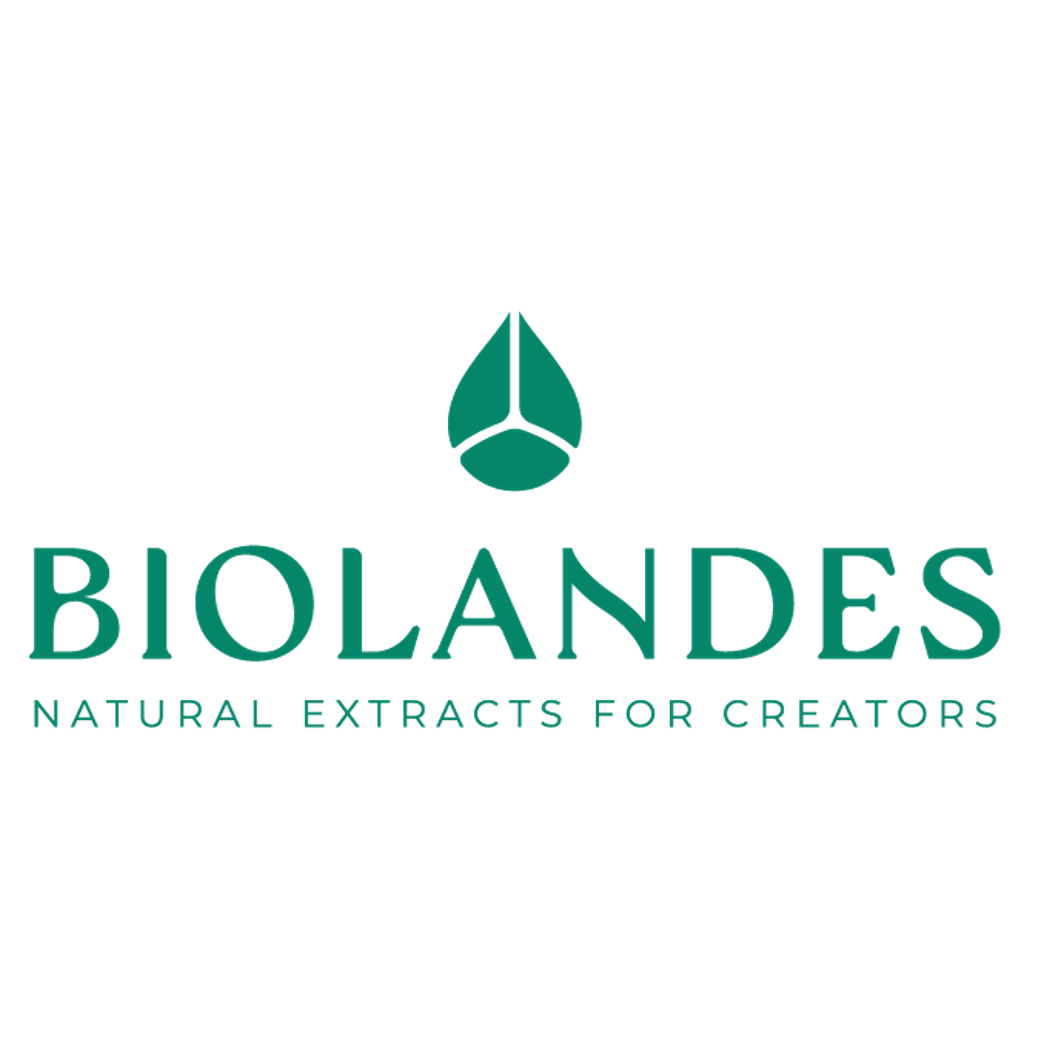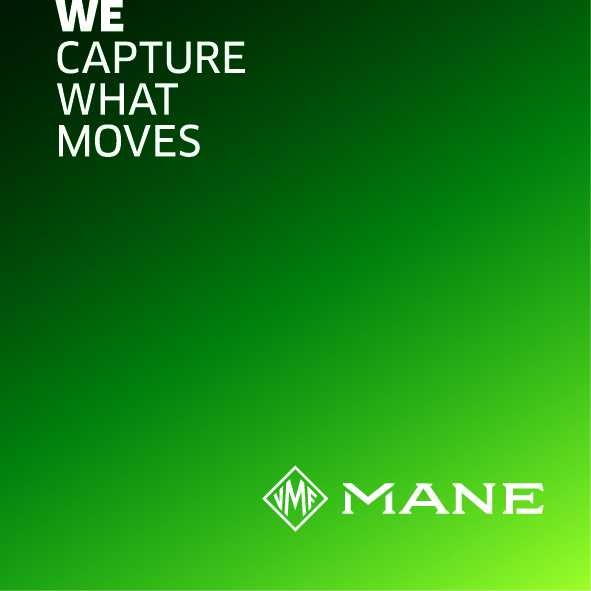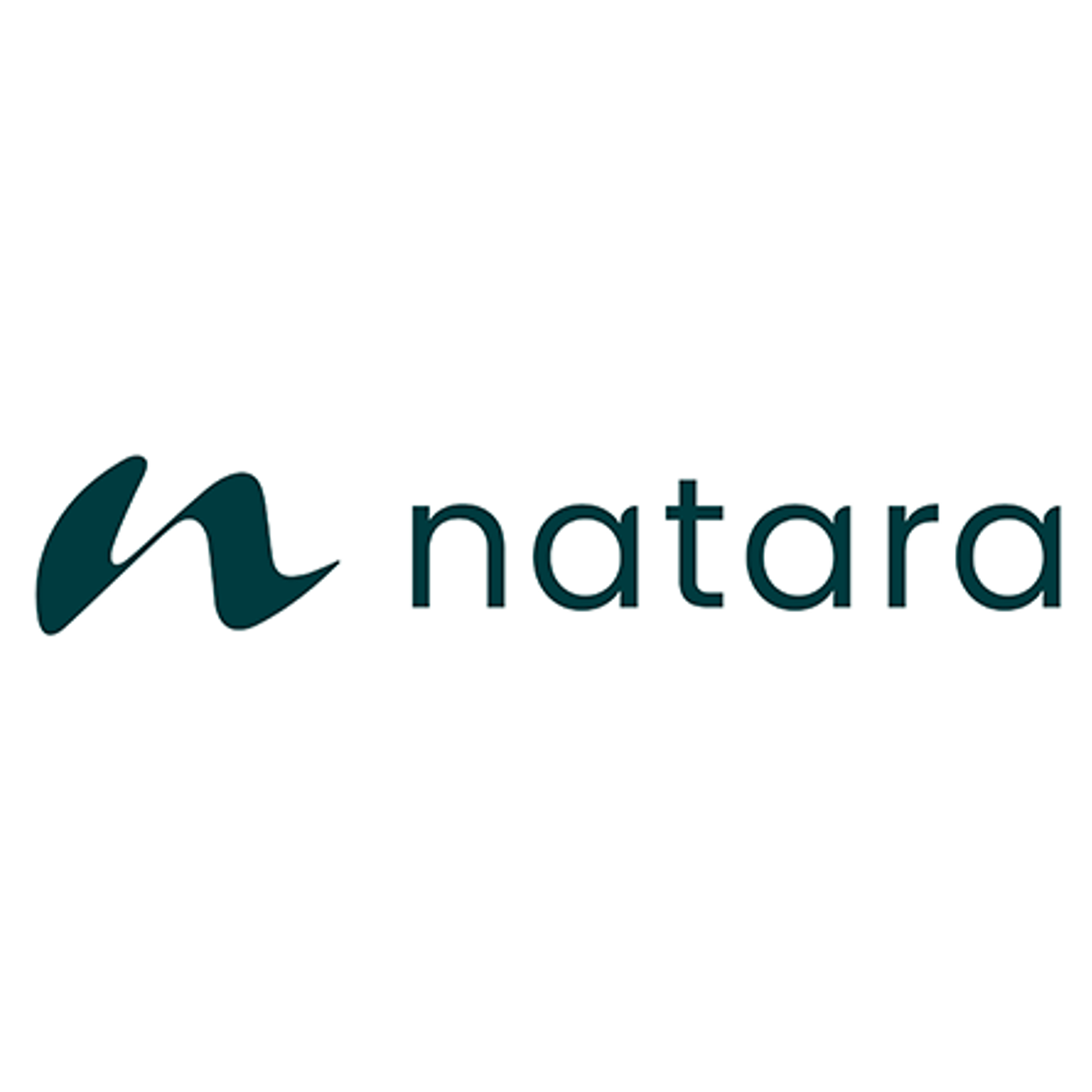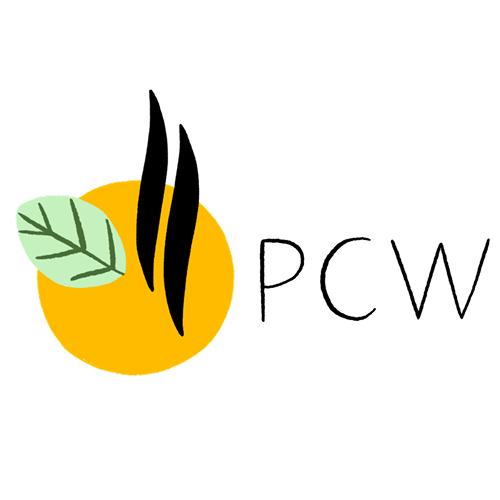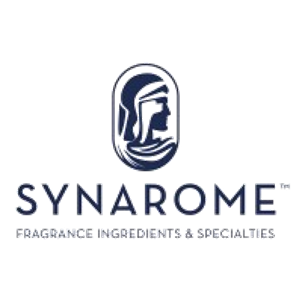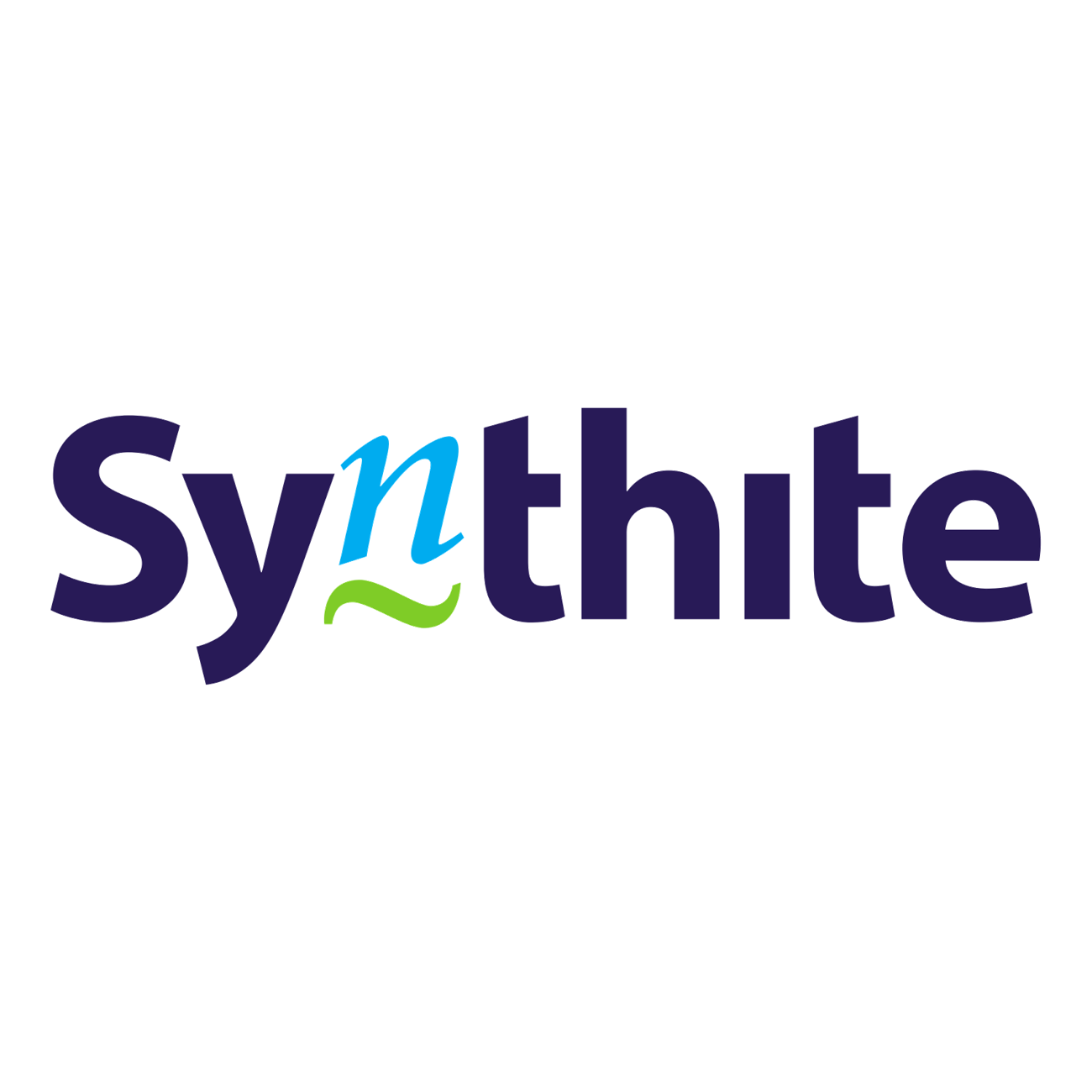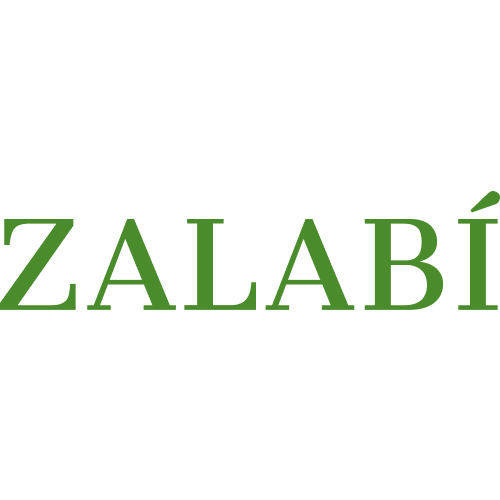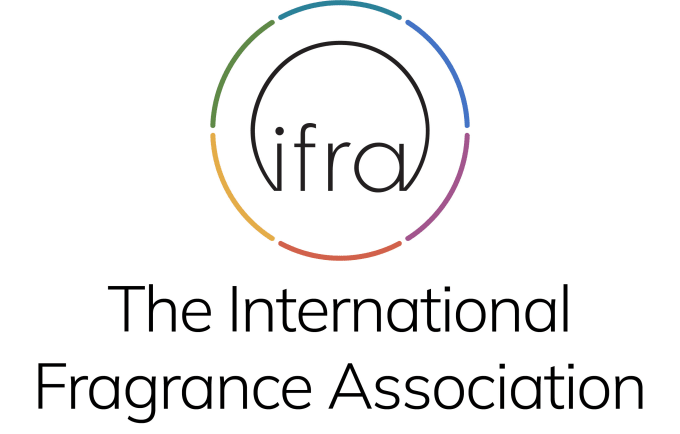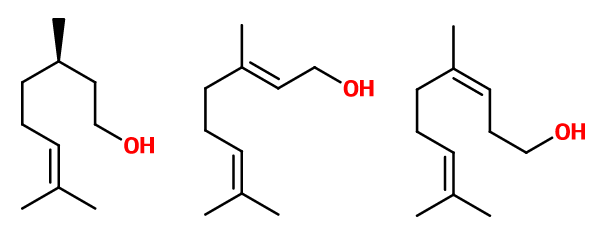
Photo credits: ScenTree SAS
| Company | Ingredient Name | ID | Comments | Naturality | Certifications | MOQ | Purity |
|---|---|---|---|---|---|---|---|
|
|
Rhodinol - 30 Gr | - |
Visit website
|
- | - | - | |
|
|
Rhodinol Natural | CT-301 |
Visit website
|
Natural |



|
50 Kgs | 100 |
|
|
RHODINOL SYNTHETIQUE | - |
Visit website
|
- | 10 grs | - |
General Presentation
-
CAS N° :
141-25-3 -
EINECS number :
205-473-9 -
FEMA number :
2980 -
FLAVIS number :
02.228
-
JECFA number :
1222 -
Volatility :
Heart -
Price Range :
€€€
Physico-chemical properties
-
Appearance :
Colorless liquid -
Density :
0,853 -
Refractive Index @20°C :
1,468 -
Optical rotation :
Data not available. -
Vapor pressure :
Data not available. -
Flash Point :
99°C (210,2°F)
-
Molecular formula :
N/A -
Molecular Weight :
156,2 g/mol -
Log P :
3,38 -
Fusion Point :
Donnée indisponible. -
Boiling Point :
222°C (431,6°F) -
Detection Threshold :
Donnée indisponible.
Chemistry & Uses
Uses in perfumery :
Rhodinol 70® is used in rose, geranium, raspberry and honey notes. Useful in fougere and all other perfumes around the rose.
Year of discovery :
Discovered in 1891.
Natural availability :
Rhodinol 70® is a mixture of molecules that contains 62% Citronellol, 35% Geraniol and about 1% Nerol. It possesses the aspects of these three compounds in majority. It is not synthesized, but extracted from Geranium EO by fractional distillation. The fraction of Rhodinol 70® is collected because the three molecules that compose it have a similar volatility. Geraniol and Nerol are diastereoisomers, and Citronellol has a molar mass and a structure very close to these two compounds.
Isomerism :
Geraniol and Nerol present in Rhodinol 70® are both diastereoisomers, while Citronellol is a positional isomer of these two molecules. Here, Citronellol is a lot more present under its laevorotatory than dextrorotatory form, which makes Rhodinol 70® slightly laevorotatory.
Synthesis precursor :
Rhodinol 70® is not a precursor to the synthesis of another compound of olfactory interest.
Synthesis route :
Rhodinol 70® is not synthesized, but it is extracted from geranium essential oil by fractional distillation.
Stability :
Terpenes tend to polymerize by oxydation
Other comments :
It should not be confused with Rhodinol (without '70'), which is the other name of laevorotatory Citronellol.
It contains two of the 26 fragrance allergens: Geraniol and Citronellol.
IFRA
IFRA 51th :
This ingredient is restricted by the 51th amendment
- Quantitative limit on the use :
-
Cat.1 Cat.2 Cat.3 Cat.4 Cat.5A B C DCat.6 2,2 % 0,67 % 13 % 12 % 3,2 % 3,2 % 3,2 % 3,2 %7,3 % Cat.5A B C DCat.6 3,2 % 3,2 % 3,2 % 3,2 %7,3 % Cat.7A BCat.8 Cat.9 Cat.10A BCat.11A BCat.12 25 % 25 %1,3 % 24 % 87 % 87 %48 % 48 %No Restriction Cat.10A BCat.11A BCat.12 87 % 87 %48 % 48 %No Restriction





